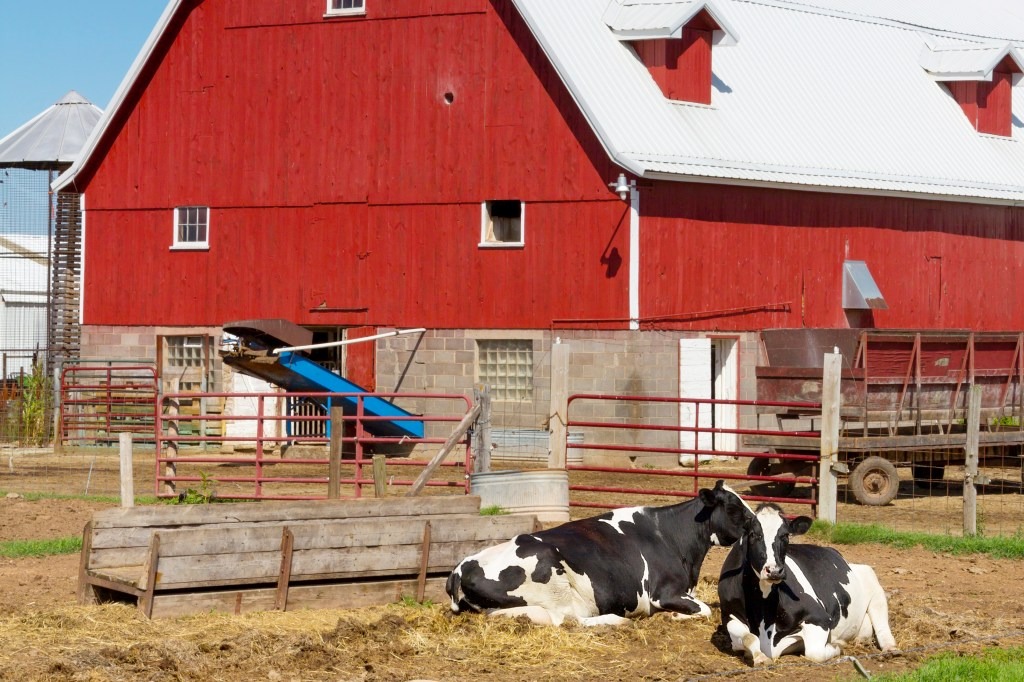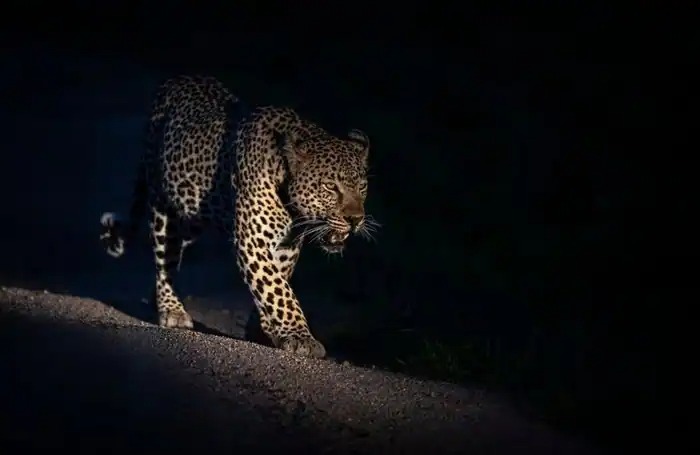
A few years ago, a remarkable and unexpected relationship formed between a wild leopard and a cow on a farm. The nocturnal visits of the big cat left even animal conservationists astonished. Unlike typical predator-prey interactions, this leopard showed no aggression toward the cow, and in return, the cow remained calm and unafraid. Instead of hostility, the two animals displayed companionship, spending nights in peaceful proximity. What led to this unusual connection, and why did it defy nature’s conventional predator-prey dynamics?
An Uncommon Connection in the Animal World

In nature, the relationship between predators and their prey typically follows an instinctual pattern—one hunts, the other flees. Any deviation from this norm sparks curiosity, as was the case with the leopard and the cow. This unique interaction was first observed when a young, one-year-old leopard began appearing near a small village, often wandering close to homes and farmland.
Encounters with big cats were not entirely unheard of in this region, though they usually avoided direct contact with humans. While this particular leopard was not aggressive towards people, it occasionally preyed on livestock and injured dogs. However, villagers soon noticed a peculiar pattern in the animal’s movements. It repeatedly returned to the same property, specifically seeking out a single cow. The visits became so frequent that concerns arose about potential risks to both the cow and the residents.
Due to local wildlife protection laws prohibiting hunting or harming the leopard, the villagers contacted an animal conservation organization to safely capture and relocate it to a nature reserve. When the conservationists arrived and observed the animal, they were met with an extraordinary sight. Instead of exhibiting predatory behavior, the leopard and the cow interacted in an affectionate and peaceful manner. The leopard would rub against the cow, purring softly, while the cow responded by licking and grooming the wild cat. Their bond was undeniable, resembling that of a parent and child rather than two creatures that would typically be at odds in the wild.
The Final Encounter

Despite the heartwarming nature of their relationship, the villagers remained concerned and insisted on relocating the leopard. As the conservation team prepared to capture the animal, the leopard seemed to sense the impending change. It suddenly stopped visiting the village and disappeared into the wilderness.

However, months later, something extraordinary happened. The leopard returned for one final visit. It leaped over the farm’s enclosure and once again found its companion. In that brief moment, they shared one last peaceful interaction before the leopard left for good. From that night onward, the villagers never saw the animal again.
A Scientific Perspective on the Unusual Bond

Experts studying wild cats have suggested a possible explanation for this extraordinary relationship. They theorize that the leopard may have lost its mother at a very young age and, driven by hunger, ventured into the village in search of food. It is possible that, as a small cub, it encountered the cow and was not perceived as a threat. Out of maternal instinct, the cow may have treated the young leopard with care, even nurturing it in its early days. This initial connection could have fostered a lasting bond between them, one that endured even as the cub grew into a powerful predator.

Though nature often adheres to strict survival instincts, this rare connection between a leopard and a cow serves as a testament to the unexpected relationships that can form in the animal world. Whether driven by early maternal bonding or an instinct for companionship, their story remains one of the most unique and heartwarming examples of cross-species interaction ever recorded.

Leave a Reply